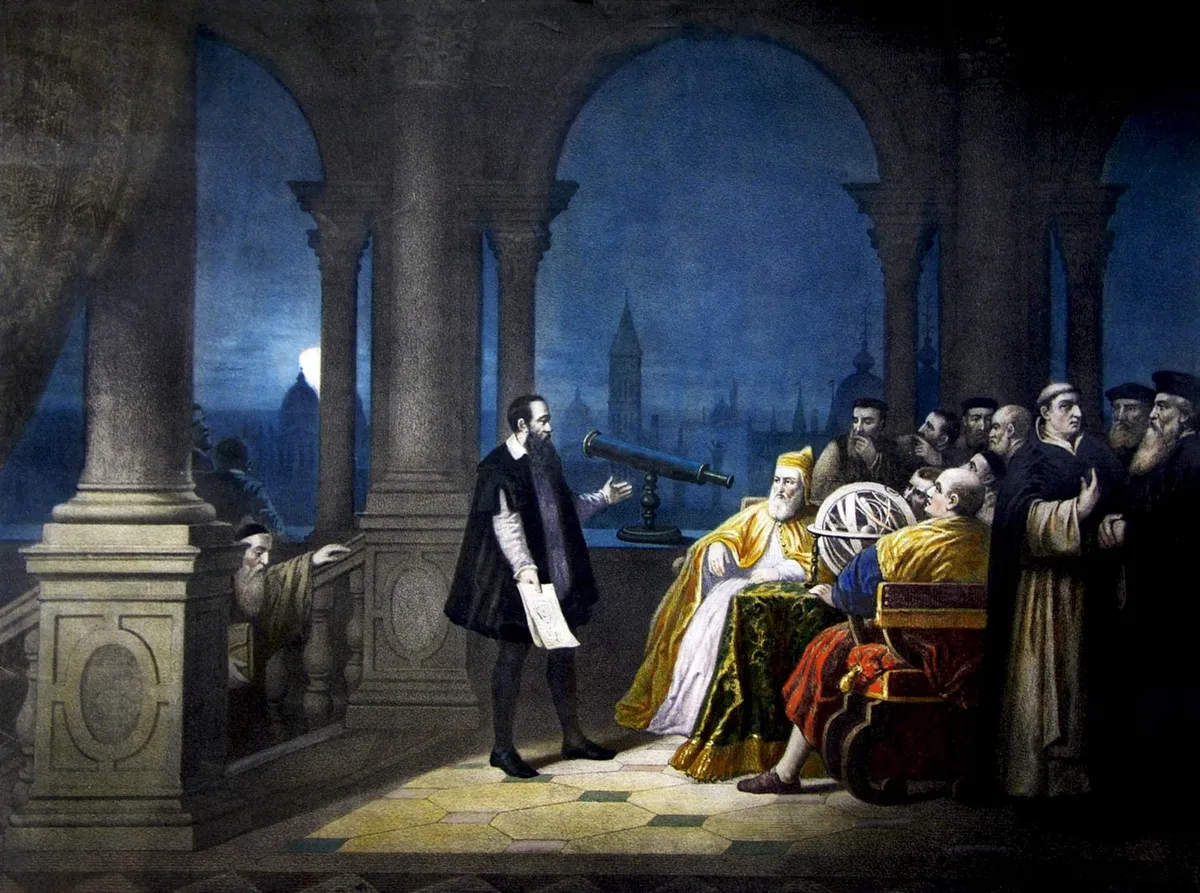The science of the stars is one of the great survivors in the COVID-19 emergency. People are facing real hardships, but there is an appetite for astronomy and space news to lighten the gloom.
Astronomy clubs are reporting a growing interest in the hobby. And although many of the world’s observatories are closed, and universities are struggling to keep their heads above water, researchers continue to make spectacular discoveries.
We shouldn’t be surprised at the resilience of our science in difficult times. History is full of examples of its survival against the odds.
Indeed, modern astronomy had its birth during a crisis, when faltering peace negotiations between Spain and the Netherlands brought a Dutch spectacle-maker’s rudimentary telescope out of obscurity.
A few months later, in May 1609, a chap by the name of Galileo got wind of the idea, and the rest is history.

Likewise, the two biggest advances in our understanding of the Universe had their origin in times of emergency.
Isaac Newton was effectively in quarantine from London’s Great Plague in 1666 when he laid the groundwork for his theory of universal gravitation – throwing in the basics of optical spectroscopy as a bonus.
And Albert Einstein added the finishing touches to his own version of gravity – the General Theory of Relativity – in the dark days of November 1915.
The First World War decimated international scientific relations, but Einstein’s theory went a long way towards healing the scars when it was verified by eclipse observations made in 1919 by Arthur Eddington.
Global headlines trumpeted the scientific revolution wrought by a German-born physicist and an English astronomer – who were both ardent pacifists.

Interruptions to astronomical research took place during both World Wars. Major telescope projects were put on hold as manufacturers turned to gun sights, rangefinders and other ‘optical munitions’.
The Second World War delayed work on the giant 200-inch (5.1m) Hale Telescope at Mount Palomar, while a British company actually buried the 1.5-tonne mirror for a new South African telescope in a field to avoid possible bomb damage.
Both these instruments were completed after the war, and are still at work.
Astronomers were redeployed to essential war work such as instrument design or the computation of navigational almanacs.
And the development of radar during World War Two led, in a classic case of ‘swords into ploughshares’, to the postwar emergence of radio astronomy.
Astronomy’s resilience is as important as ever today, with a new generation of immense telescopes under construction internationally. How can these benefit nations focused on containing a global pandemic?
Construction contracts, technological spin-offs and international partnerships are all significant paybacks, but it is the underlying quest for knowledge that is the ultimate driver.
It inspires us with the staggering beauty of the Universe and the appeal of scientific understanding.
For youngsters in particular, that can prepare them for the jobs of the future, shaping a knowledge economy for a better world. And that is something all astronomers can be proud of.
Professor Fred Watson is Australia’s Astronomer at Large in the Commonwealth Department of Industry, Science, Energy and Resources. Find him at fredwatson.com.au, @StargazerFred and in the weekly Space Nuts podcast.
This article originally appeared in the September 2020 issue of BBC Sky at Night Magazine.